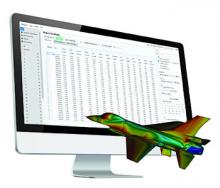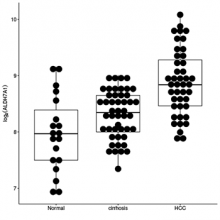Industrial Engagement
The Ohio Supercomputer Center has a long history of supporting industrial research, reaching back as far as the Center’s founding in 1987. Manufacturers have leveraged the Center’s computational and storage resources to design and test many products, such as electronics, fans, containers, fuel cells and wind deflectors.
Digital Elevation
Until 2018, scientists could find better terrain maps of Mars than they had of Antarctica.
Now, with software engineering, code optimization and parallel software development assistance from the Ohio Supercomputer Center (OSC), they have “the highest-resolution terrain map by far of any continent,” according to Ian Howat, Ph.D.
Toxin Diversity
The Ohio State University’s Marymegan Daly and her research partners probed the depths of Monterey Bay to collect samples of the tube-dwelling sea anemone, samples that are allowing the scientists to generate and analyze the transcriptomes of these ancient animals and reveal the diversity of toxins within their venom.
Funding Allocations
Ask any parent worldwide what the most important thing in life is, and the answer will likely be his or her children. Allocations of public funds for families with children vary wildly from country to country, and besides affecting a family’s bottom line these programs could affect a child’s development as well.
Fluid Performance
From wind turbines to motorcycles, Virginia-based Afton Chemical Corporation produces fuel and lubricant additives to increase performance and efficiency such as fuel economy. To stay on the cutting edge of fluid performance as well as industry standards, Afton’s scientists have to create new additives and formulations.








